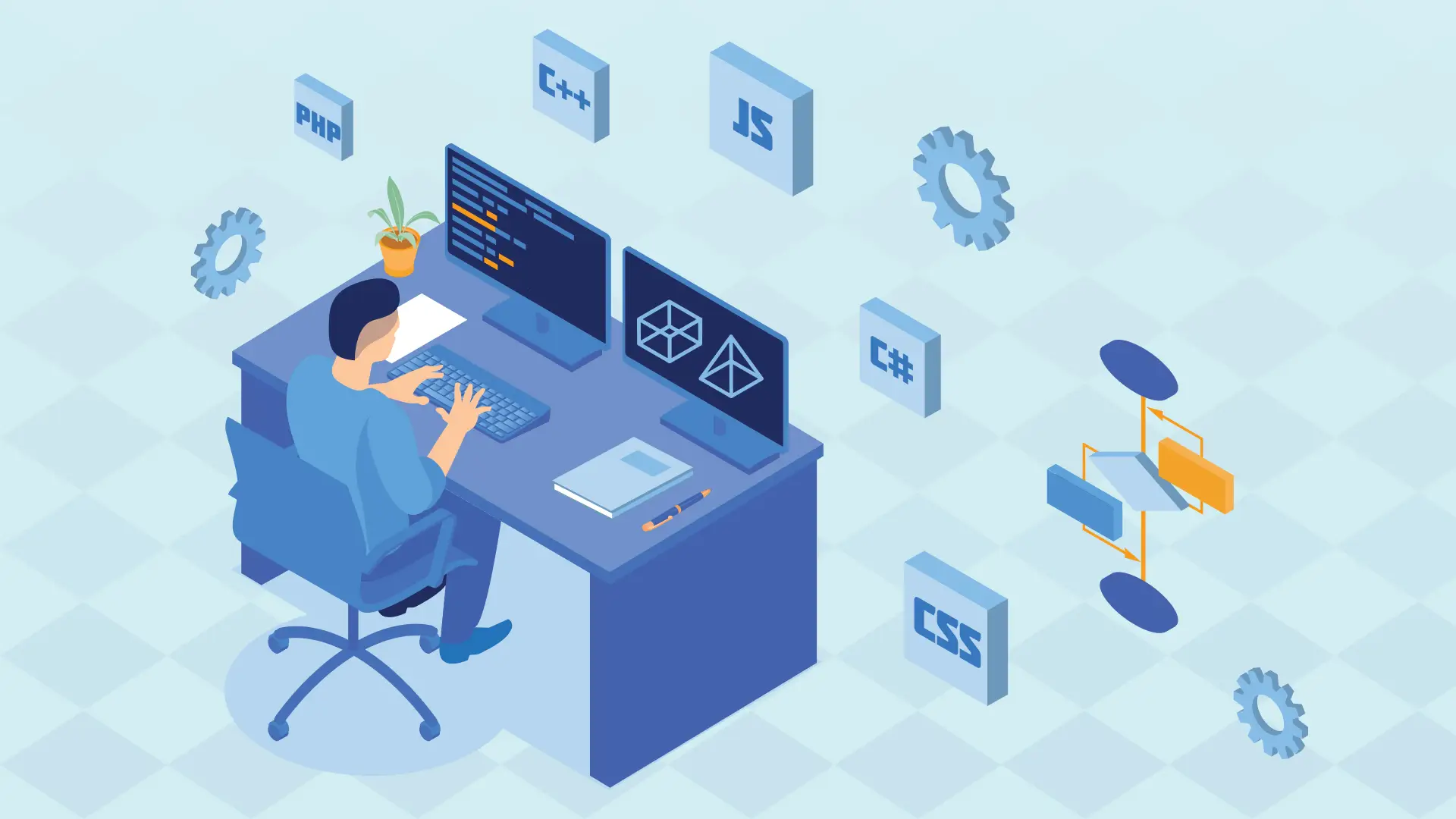A Complete Guide to Choosing the Right Partner for Custom Software Solutions in Canada

Choosing the right development partner determines product velocity, resilience, and ROI. The ideal team aligns technology with outcomes, protects data, and scales with demand. This guide shows how to shortlist, evaluate, and contract with confidence—so your platform launches faster and performs better with custom software solutions in canada.
Define success first
Set clear goals, users, and KPIs.
Prioritise features using a simple now-next-later roadmap.
Fix non-functional needs: security, scale, and availability targets.
Confirm budget bands and delivery timelines.
Build a credible shortlist
Seek public case studies and referenceable clients.
Match experience by sector and complexity.
Prefer stable leadership and low delivery churn.
Check time-zone overlap and support windows.
Validate domain expertise
Ask for problems solved like yours.
Request a mini discovery to test understanding.
Review how they handle compliance and legacy estates.
Measure clarity of assumptions and risks.
Assess architecture thinking
Expect modular design with clean APIs.
Confirm CI/CD, automated tests, and observability.
Probe performance strategy: caching, queues, and scaling.
Avoid hard vendor lock-in without clear rationale.
Security and compliance
Insist on secure SDLC and threat modelling.
Encrypt data in transit and at rest.
Map controls to PIPEDA, SOC 2, and ISO 27001.
Review incident response, audit logs, and access hygiene.
Cloud strategy and FinOps
Verify AWS or Azure reference architectures.
Track costs per environment and feature.
Use autoscaling and right-sizing to control spend.
Plan capacity for peak events and growth.
Data and AI readiness
Design domain-led data models, not ad-hoc tables.
Implement governed pipelines with lineage checks.
Expose analytics via dashboards and semantic layers.
Adopt responsible AI with human oversight.
Integration and legacy modernisation
Wrap legacy with APIs to de-risk change.
Use event streaming for real-time sync.
Migrate in phases with rollback plans.
Maintain parity metrics during transition.
Delivery model and governance
Run two-week sprints with live demos.
Keep a transparent backlog tied to KPIs.
Use feature flags for safe releases.
Hold weekly steering with risks and decisions.
Team composition
You need product, design, engineering, QA, and DevOps.
Ask for the actual team, not bench CVs.
Define communication cadence and decision rights.
Name a delivery lead accountable for outcomes.
Quality engineering
Automate unit, integration, and end-to-end tests.
Apply static analysis and peer reviews.
Load-test early to validate SLAs.
Set quality gates in the pipeline.
Commercial models
Fixed price for tight, stable scope.
Time-and-materials for evolving products.
Dedicated teams for speed and continuity.
Align incentives to outcomes, not hours.
Contract essentials
Own your IP and access credentials.
Include a security annex and audit rights.
Define SLAs for uptime, latency, and fixes.
Plan exit: code, docs, and knowledge transfer.
Pilot before committing
Run a paid discovery or PoC for 2–4 weeks.
Judge collaboration, speed, and code quality.
Expect tangible outputs: prototype or architecture pack.
Use findings to refine scope and costs.
Metrics that matter
Measure lead time and deployment frequency.
Track change failure rate and recovery time.
Monitor uptime, p95 latency, and error budgets.
Link product KPIs to revenue, retention, and CSAT.
Red flags
Only sales on calls, no delivery leaders.
Vague estimates without assumptions.
No demos, tests, or observability.
High staff turnover and role changes.
Quick checklist
-
Problem statement, users, KPIs
-
Current stack and constraints
-
Security, scale, and compliance needs
-
Integration map and environments
-
Delivery approach and team roles
-
Budget bands and pricing model
-
References and sample work
-
Draft SOW, SLA, and transition plan
Conclusion
Selecting the right Canadian partner is strategic. Align on outcomes, verify delivery through a pilot, and lock down security and support. With a fit-for-purpose team, you’ll ship faster, scale safely, and realise durable ROI.
FAQs
1) What’s the fastest way to assess a partner?
Run a short paid discovery with a demo. You’ll see how they think, deliver, and communicate.
2) How do we control cloud costs?
Adopt FinOps, set budgets, right-size workloads, and track unit economics per feature.
3) Fixed price or time-and-materials?
Fixed price suits stable scope; T&M fits evolving roadmaps. Many blend models across phases.
4) How do we ensure quality?
Demand CI/CD, automated testing, observability, and defined SLAs—validated by performance tests.
5) What security proof should we request?
Ask for SOC 2 or ISO 27001 status, recent pentest reports, and an incident response runbook.
- Sports
- Art
- Causes
- Crafts
- Dance
- Drinks
- Film
- Fitness
- Food
- Spiele
- Gardening
- Health
- Startseite
- Literature
- Music
- Networking
- Andere
- Party
- Shopping
- Theater
- Wellness


